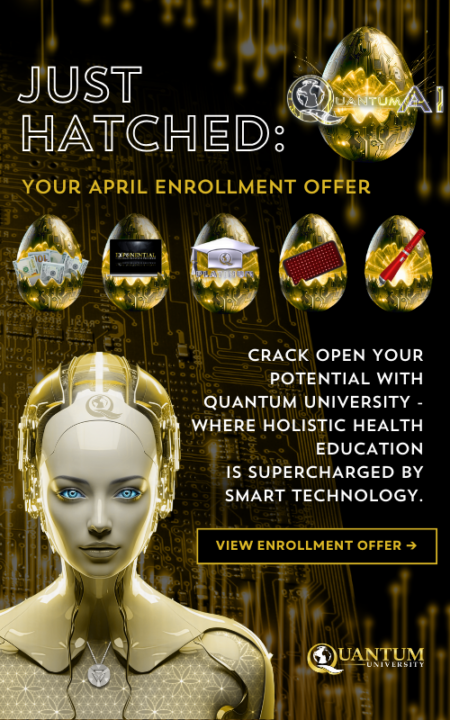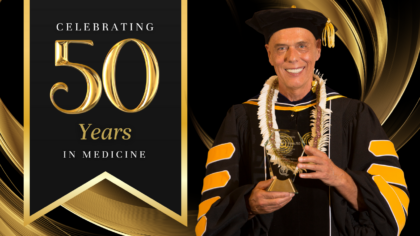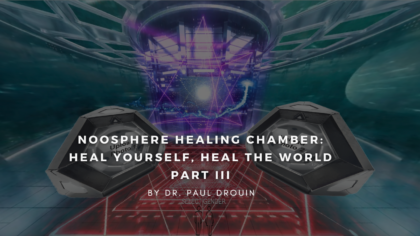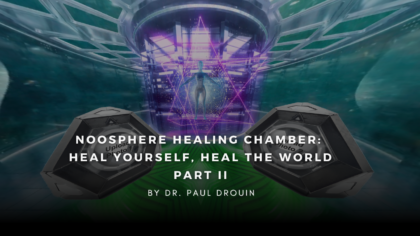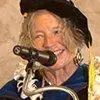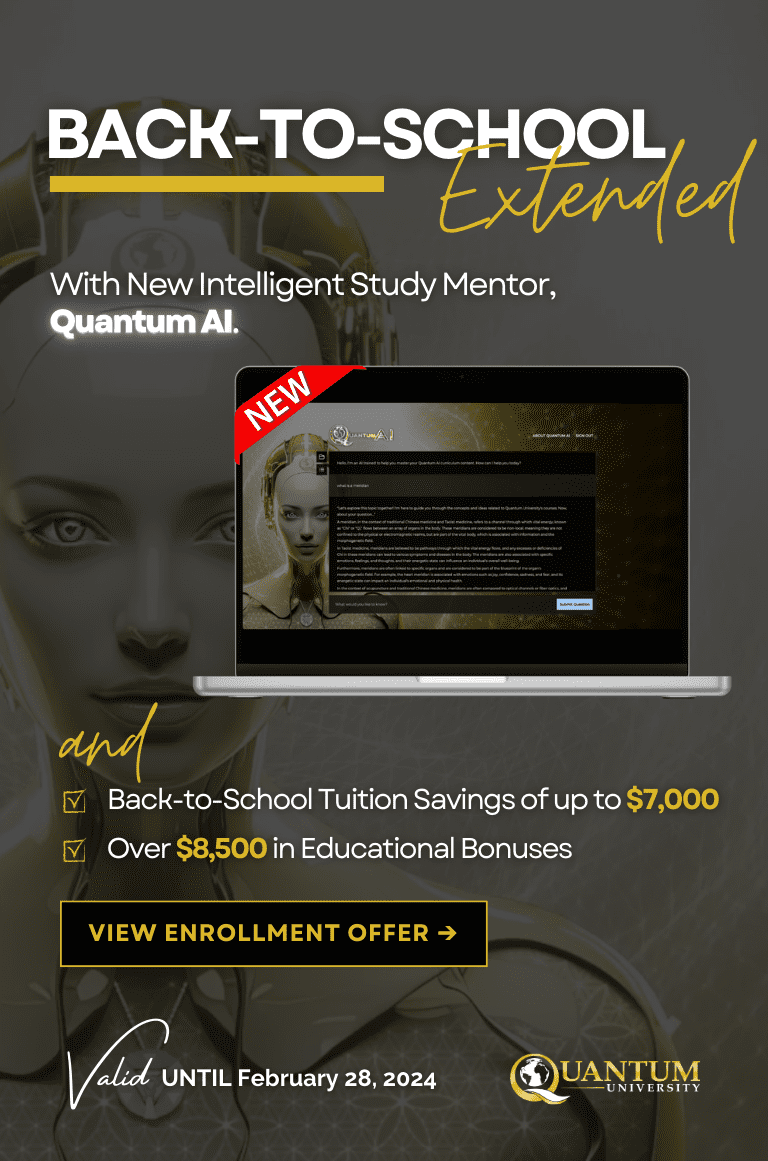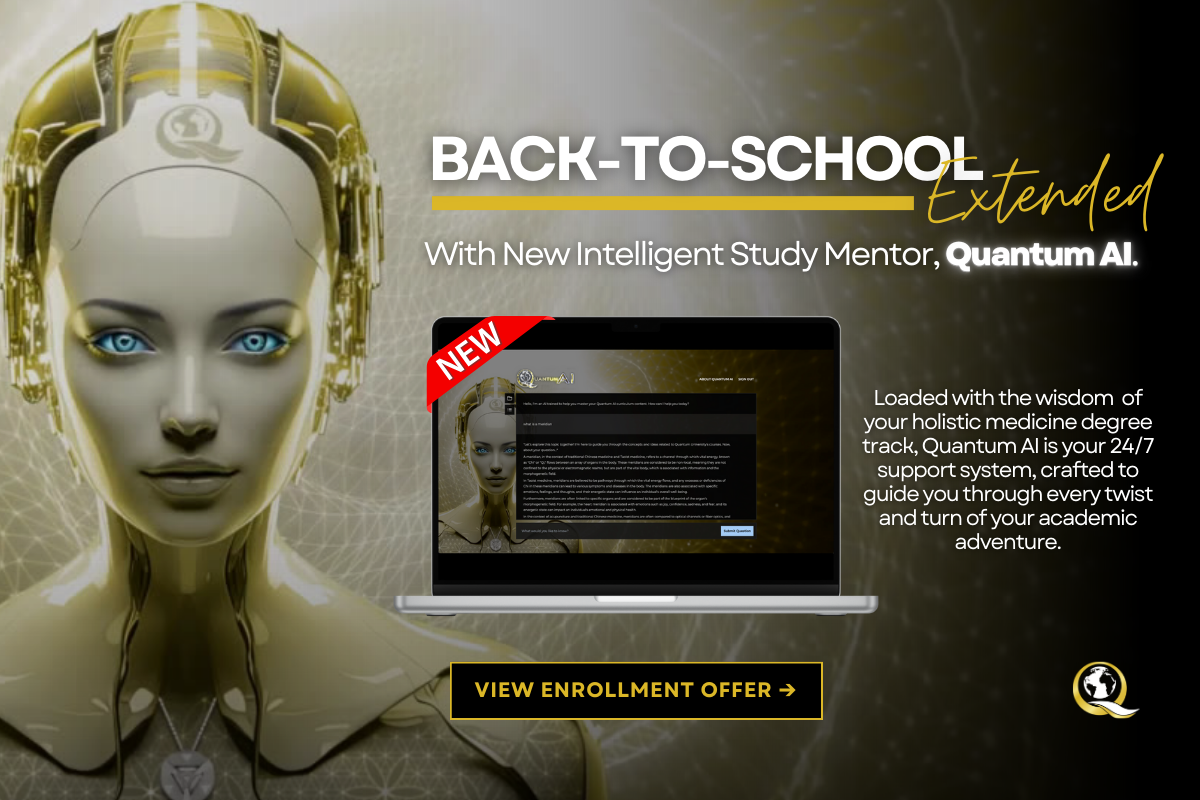Subtle Physiology & the Chakras
For many centuries, the subtle physiology of Hindu philosophy was illustrated with seven strange “wheels” called chakras along the central column of the body. More recently, physicists like Akimov and Shipov (1996) have discovered the existence of rotating fields known as torsion fields which are related to these energetic centers and are capable of receiving and processing information. This discovery adds another cornerstone to the elaboration of a more scientific holistic anatomy.
This also illustrates the complementary dualistic aspect of the chakras: classical (local, physical) and nonclassical (nonlocal, nonphysical). The scalar (nonlocal) nature of the chakras also describes the nerve plexuses and endocrine glands associated with these vortex fields (local), transforming the energies of the higher dimensions into glandular-hormonal production that influences the physiological and organic processes. The concept of self-growth or self-actualization explored through the relationship of the nonlocal aspect of the meridians can also be applied to emotional and psychic processes.
Each of the chakras is related to certain physical processes, organs, and psycho-emotional processes. The classical (local) associations are :
- The first chakra has energetic relationships with the kidneys, large intestine, bladder, adrenal, and catabolic processes.
- The second chakra is associated with the ovaries, prostate, uterus, and reproduction.
- The third chakra has energetic relationships with stomach, spleen, pancreas, liver, gallbladder, small intestine, and anabolic processes.
- The fourth chakra is associated with the thymus gland (immunity) and the heart.
- The fifth chakra has energetic relationships with the lungs, throat, thyroid, and speech organs.
- The sixth chakra is associated with the pituitary, eyes, and middle part of the brain.
- The seventh chakra has energetic relationships with the pineal and cerebral neocortex.
Regarding the emotional and psychic (nonlocal, nonclassical) aspects:
- The first chakra is linked to selfishness, competitiveness, and orientation toward survival.
- The second chakra is linked to fear, sexual instinct, lust, and love.
- The third is linked to pride, anger, indignity, and resentment.
- The fourth is linked to universal love and to feelings of loss, hurt, and jealousy.
- The fifth is linked to freedom of expression and to frustration.
- The sixth is linked to mental clarity as well as cognitive confusion.
- The seventh is linked to spiritual satisfaction and inner fulfillment, and also with spiritual despair and depression.
Understanding the multidimensional nature of the human being, coupled with the application of new therapeutic modalities based on the use of subtle energies, will allow the adoption of more natural, less traumatic, non-toxic, and more efficient healing methods.
Obtain a Degree in Holistic Medicine Online
Our holistic medicine school offers the following degree programs:
- Bachelor in Holistic Health
- Master in Holistic Health, and Natural or Integrative Medicine
- Doctorate in Holistic Health
- PhD in Natural Medicine
- PhD in Integrative Medicine
Individual degree programs can also be combined into Degree Tracks classified as “Fast Track”. These tracks, as well as our Completion Degrees, expedite the completion of your programs. Experience a faster, more cost effective and fulfilling journey towards your holistic medicine degree with Quantum University’s Fast Track options.


